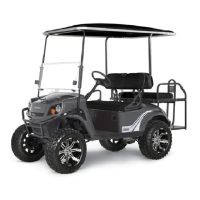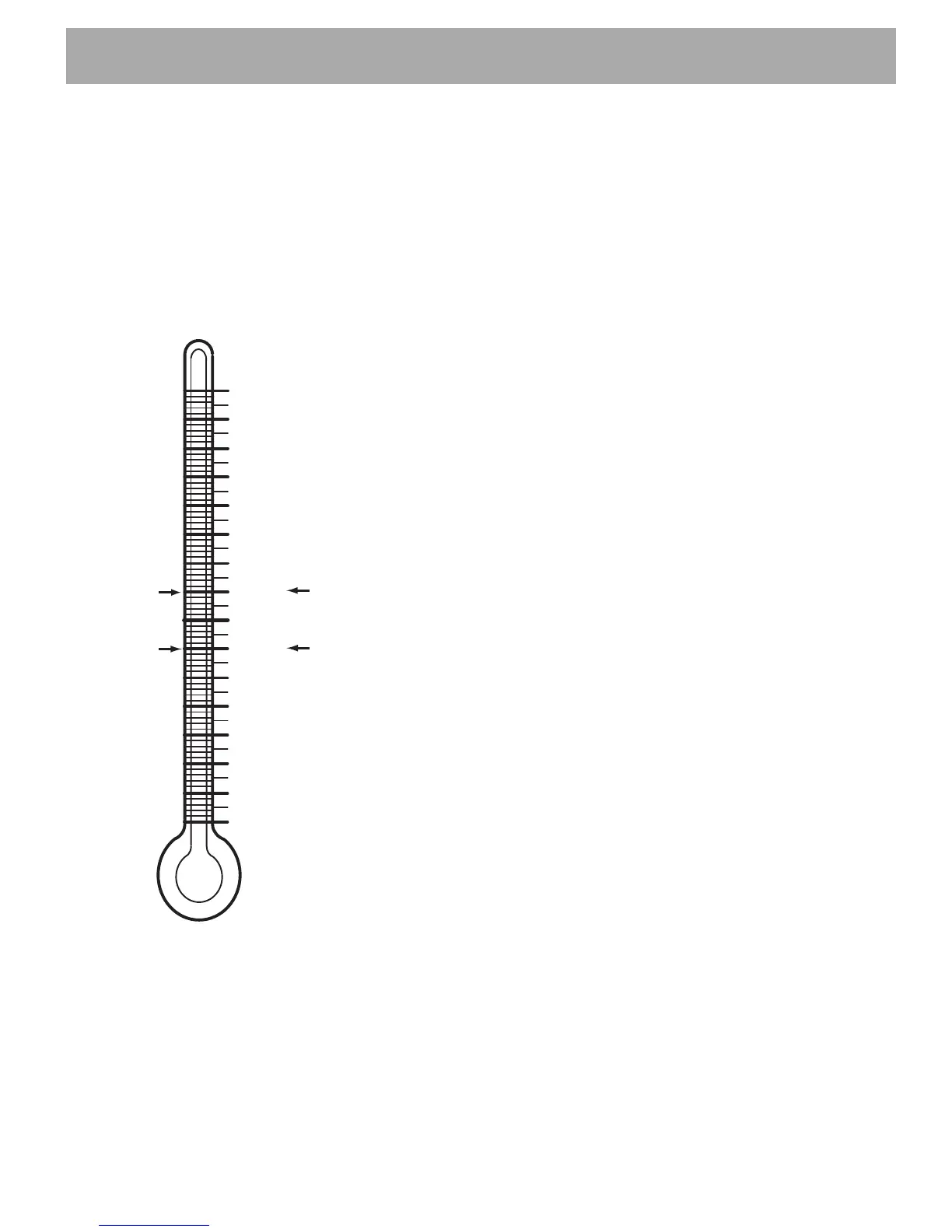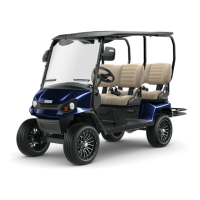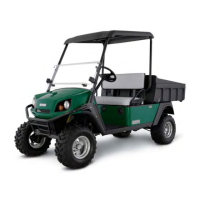Page H-7
Repair and Service Manual
B
B
BATTERIES AND CHARGING
Read all of Section B and this section before attempting any procedure. Pay particular attention to Notices, Cautions, Warnings and Dangers.
As a battery ages the specific gravity of the electrolyte
will decrease at full charge. This is not a reason to
replace the battery, providing all cells are within fifty
points of each other.
Since the hydrometer test is in response to a vehicle
exhibiting a performance problem, the vehicle should be
recharged and the test repeated. If the results indicate a
weak cell, the battery or batteries should be removed
and replaced with a good battery of the same brand,
type and approximate age.
Fig. 8 Hydrometer Temperature Correction
160 71 +.032
+.030
150 66 +.028
+.026
140 60 +.024
+.022
130 54 +.020
+.018
120 49 +.016
+.014
110 43 +.012
+.010
100 38 +.008
+.006
90 32 +.004
+.002
80 27 0
–.002
70 21 –.004
–.006
60 16 –.008
–.010
50 10 –.012
–.014
40 4 –.016
–.018
30 –1 –.020
–.022
2 –7 –.024
–.026
10 –12 –.028
EXAMPLE #1:
Electrolyte Temperature
Above 80° F (27° C)
Electrolyte temperature
90° F (32° C)
Hydrometer reading 1.250
1.250 + .004 = 1.254
corrected specific gravity
Electrolyte Temperature
Below 80° F (27° C)
Electrolyte temperature
70° F (21° C)
Hydrometer reading 1.250
1.250 - .004 = 1.246
corrected specific gravity
EXAMPLE #2:
° F ° C
Electrolyte
Temperature

